Lobelia is a rather whimsical ornamental plant. It is recommended to grow it in seedlings.
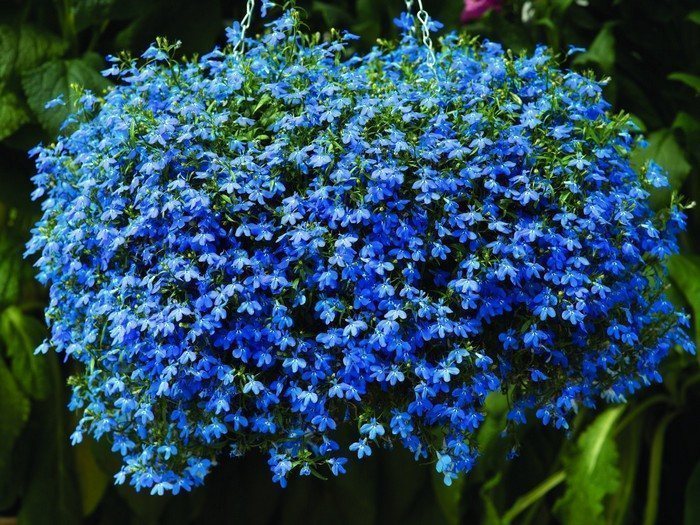
You can sow seeds directly into open ground only in the south - in regions with a warm climate.
Selecting seeds and soil mixture
For planting, choose seeds packaged this year or last year, but not earlier. They are sown so that they are on the surface of the soil; there is no need to bury them deeply. There are several sowing methods:
- mixing seeds with sand;
- transfer to soil using a sheet of paper;
- planting in peat tablets;
- sowing on a layer of snow laid on top of the soil.
It is better to purchase a ready-made soil mixture. A special soil for flowers or a universal soil mixture will be suitable.
Dates suitable for sowing
The period from February to mid-April is suitable for sowing seeds for seedlings. Planting time also depends on the region. For example, in central Russia, flowers are sown in March, and in Siberia and the Urals - at the end of winter. In the southern regions, lobelia can also be sown at the end of February.
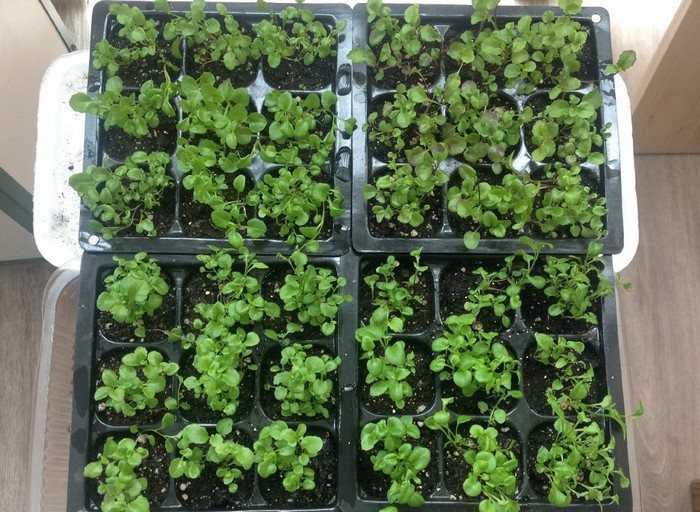
Compliance with growing conditions
After sowing, boxes or other containers are covered with polyethylene and placed in a warm (20-22 °C) illuminated place. Crops are checked periodically to avoid mold. Greenhouses are regularly ventilated, and any condensation that forms is removed from the surface of the covering material.
When the seeds sprout, the containers are opened. Now young plants can be grown at temperatures from +18 °C. Also, seedlings need to be protected from drafts.
Lighting is important for lobelia - it will need additional lighting.
Seedling care
The emerging sprouts need delicate watering. It is recommended to carry out the procedure using a syringe, carefully introducing water into the soil.
When the plants reach 2 cm, the plantings will need to be thinned out. A month later, the lobelia is picked.
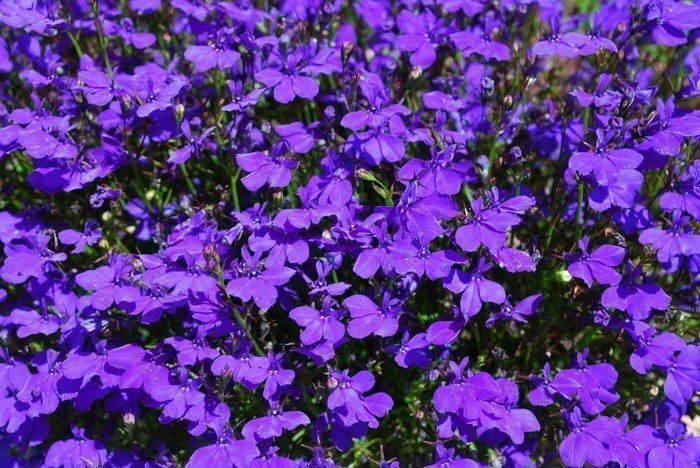
Transplantation into open ground
Grown plants are transplanted to a permanent place of growth in May - June. Before planting, seedlings are hardened off for 10–12 days. The air temperature suitable for hardening should not be lower than +13 °C.
The place should be well lit - lobelia will not grow in shaded areas, and the soil should be loose and breathable. After transplantation, the flowers are provided with abundant, but not excessive watering (water should not stagnate in the soil).
Periodically loosen the soil and remove weeds. Flowering bushes can be fed moderately with liquid fertilizer (1 tablespoon of fertilizer is dissolved in 10 liters of water). The fertilizer is poured under the root, being careful not to touch the leaves. In mid-summer, the bushes are pruned to cause a second wave of flowering.
Bright lobelia flowers, grown in compliance with all recommendations, will become a real decoration of the garden plot.


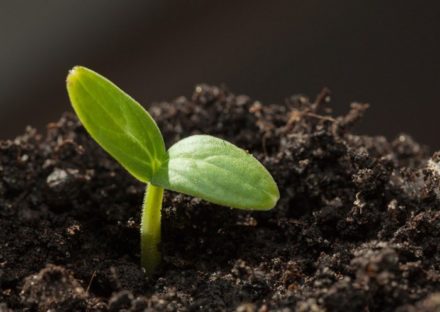
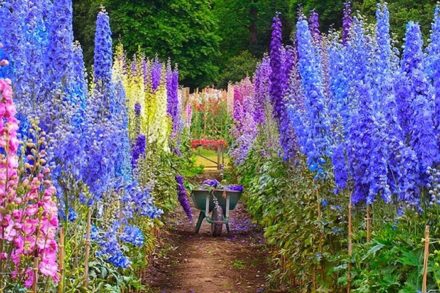
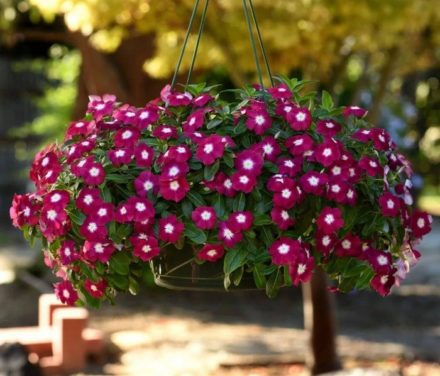
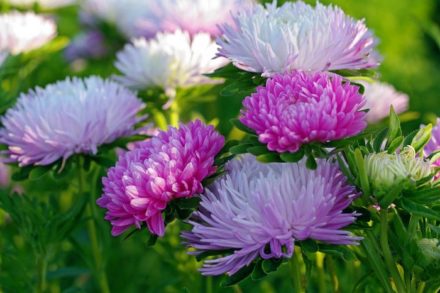
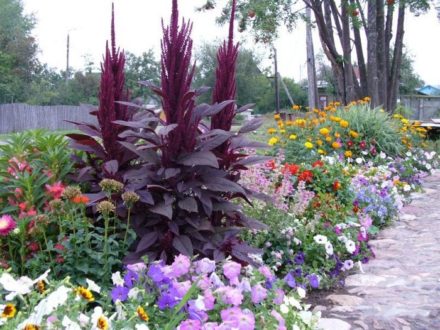
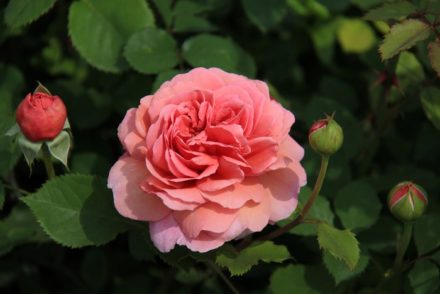
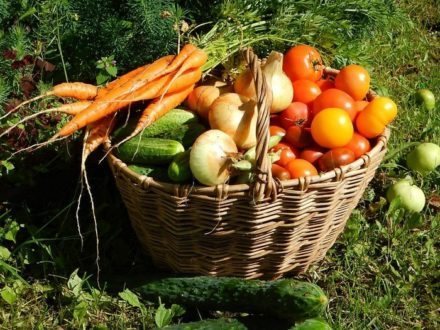
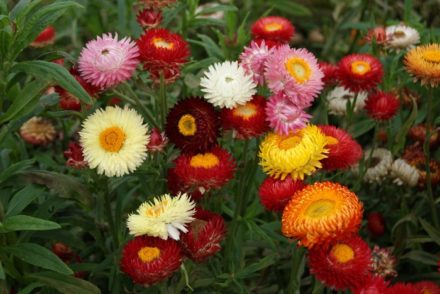
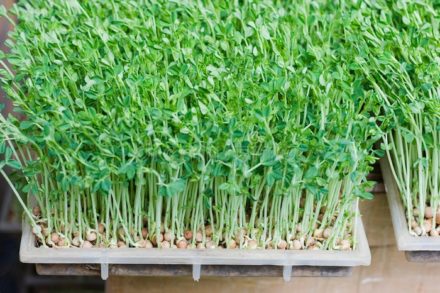
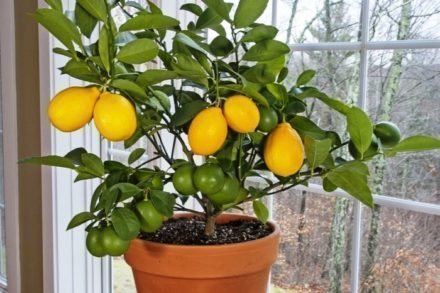
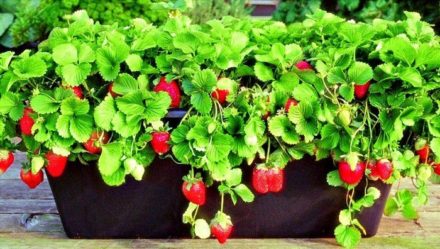
Lobelia CANNOT be fed with fertilizers for growth. You can use fertilizers for better flowering. The more you feed it with growth enhancers, the fewer flowers it will produce.
I once bought a lobelia at the market in a mayonnaise box, all the bushes were intertwined and you couldn’t tell them apart, and I planted them all together in a flower pot, and for several years now it has been pleasing us with its modest but so cute flowers. In the fall, I pull out the dried and faded bushes, shake the seeds a little over a bowl. I put the bowl under the canopy.In mid-March, I bring it into the house, water it, put it near the window on the table, and after a few days 3-5, green shoots appear. I water it periodically. I add dry soil and vermiculite, which strong ones grow and the weak ones may come out later, I don’t know. But there’s no need to thin it out. I’ll just plant them in bowls in May. I tried to collect the seeds and sow them in April, but for some reason they didn’t sprout for a very long time. I’m tired of waiting for them. I’ll plant something else in these bowls in the middle of summer, they begin to sprout. Maybe because I keep the seeds at home. And the bowl after Lobelia stands in frost all winter.?